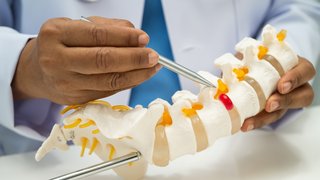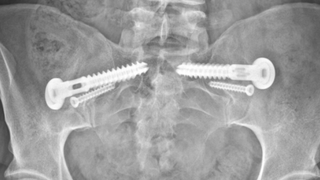The specialized spine doctors at UT Southwestern Spine Center are dedicated to helping patients overcome spine problems, providing comprehensive care and access to the latest and most effective treatments.
Injections deliver medication directly to the source of the pain, providing relief and helping to reduce inflammation.
- Epidural steroid injection: Delivers corticosteroids into the epidural space around the spinal cord to reduce inflammation and pain
- Facet joint injection: Targets the facet joints, which are located between each vertebra
- Selective nerve root block: Delivers medication directly to the nerve root that is causing pain














